
|
Zweizeitige Platzierung eines 5,0 x 6,0 mm großen Bicon SHORT®-Implantats mit einem internen Sinuslift-Verfahren unter Verwendung einer Schablonen geführten Operation für einen rechten Oberkiefermolaren und dessen Restauration mit einer integrierten Abutment-Krone ™
In diesem Fallstudienvideo wird die zweizeitige Platzierung eines 5,0 x 6,0 mm Bicon SHORT®-Implantats mit einem internen Sinuslift unter Verwendung einer „guided surgery“ für einen rechten Oberkiefermolaren und dessen Wiederherstellung mit einer „Integrated Abutment Crown ™ (IAC)“ demonstriert. Die Platzierung der geführten Operation wurde für ein 5,0 x 5,0 mm kurzes Implantat konzipiert, um das Risiko einer Sinusperforation zu minimieren und die Platzierung des 5,0 x 6,0 mm Bicon SHORT®-Implantats mit einem internen Sinuslifting zu beschleunigen. Die Osteotomie wurde dann unter Verwendung der „guided surgery Reamer“ den 5,0 mm-Guidet Ring vertieft, bis die Länge der beabsichtigten Osteotomie und Sinuselevation für das 6,0 mm-Implantat erreicht war. Darüber hinaus werden Follow-up-Bilder nach einer Woche, neun Monaten und fünf Jahren bereitgestellt. |
|---|---|
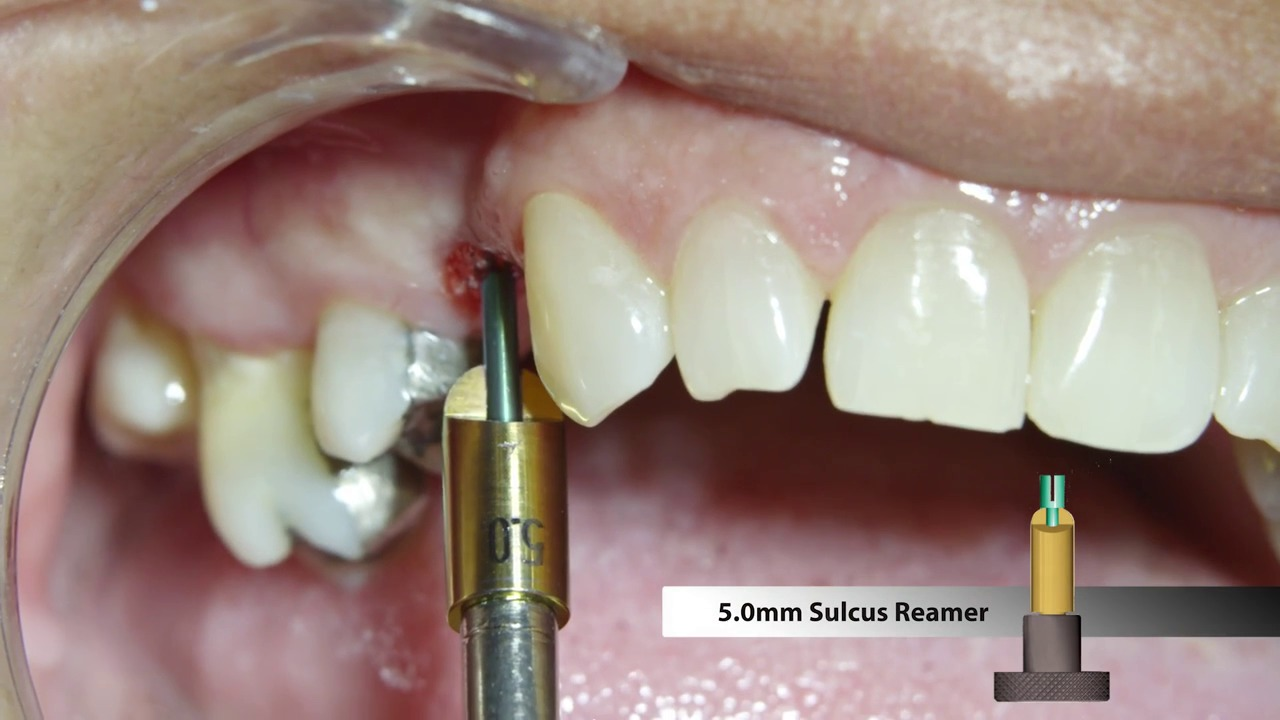
|
Sulcus Reaming Technique
The color-coded sulcus reamers are essential components of Bicon’s instrumentation. This video will demonstrate the sulcus reaming technique being used to successfully seat a maxillary bicuspid Integrated Abutment Crown™ into the well of a Bicon SHORT™ Implant. |
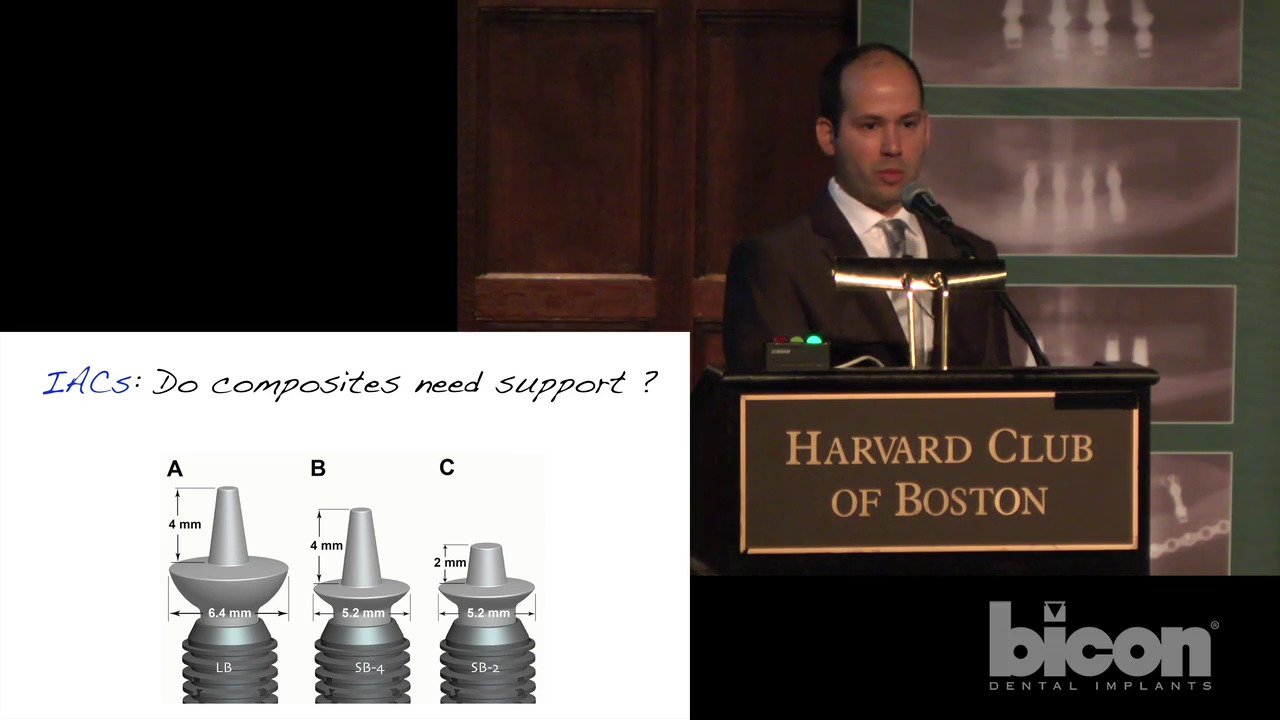
|
Comparative Properties of Dental Restorations
In this presentation, Dr. Bonfante will demonstrate his analysis of various restorative materials and their survival factors under in-function experimentation. Estevam Bonfante, DDS, MS, Ph.D. |
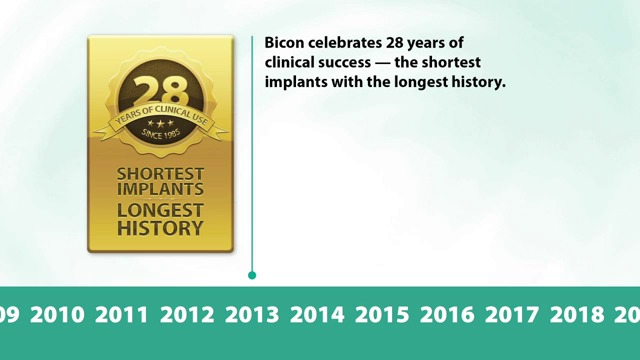
|
The History of The Bicon Design
The Bicon System has its origins dating back to 1968. Initial research was conducted at Battelle Memorial Institute in Columbus, Ohio by Thomas Driskell. The original implant design of Mr. Driskell used high density aluminum oxide as the implant material. In 1981, Driskell introduced an implant named Titanodont which was made from titanium alloy. Then, in 1985, he perfected his titanium implant design by patenting the DB Precision Implant, which is known today as the Bicon Dental Implant System. Whether Driskell knew it or not at the time he developed this implant system, his design coupled with the clinical support of Bicon has come to revolutionize implant dentistry by offering the innovations of SHORT® Implants, Integrated Abutment Crowns™, SynthoGraft™, and TRINIA™ and more. |
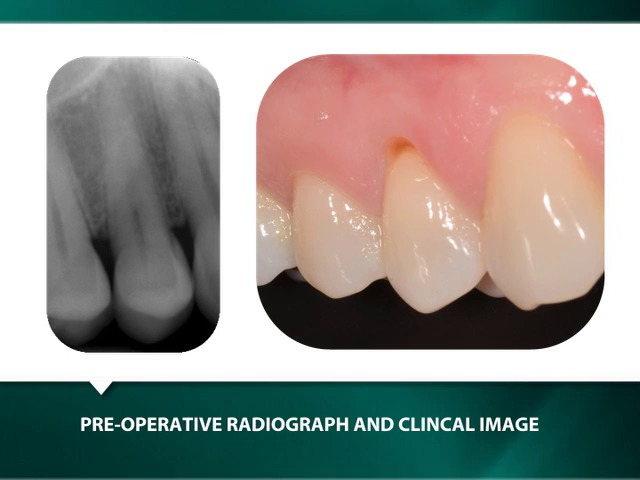
|
Placement of a Bicon SHORT® Implant using an Immediate Stabilization and Function Technique and Restoration with an IAC®
This video demonstrates the placement of a 4.5 x 8.0mm Bicon Integra-CP™ Implant using an Immediate Stabilization and Function Technique and the subsequent restoration with an Integrated Abutment Crown™. |
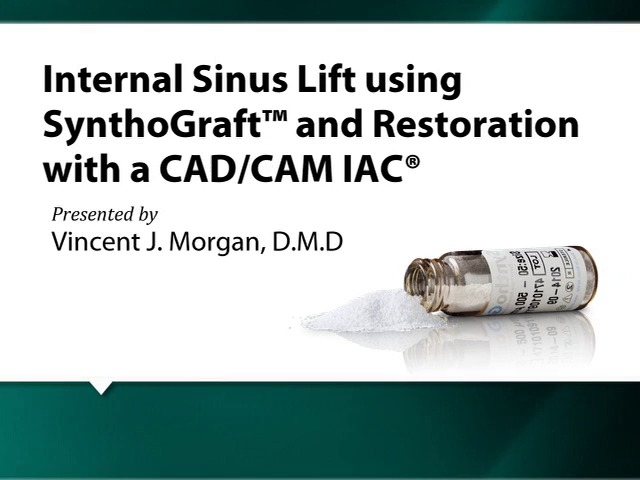
|
Internal Sinus Lift using SynthoGraft™ and Restoration with a CAD/CAM IAC®
This video demonstrates the simultaneous bone grafting of a large buccal defect and placement of a 5.0 x 6.0mm Bicon Integra-CP™ Implant with an internal sinus lift procedure using SynthoGraft™ and a sinus lift abutment, as well as the implant’s restoration with a CAD/CAM fabricated Integrated Abutment Crown™ in only three clinical visits. |
Einsetzen und restaurative Versorgung eines Bicon SHORT® Implantat
Dieses Video beschreibt die Platzierung eines 5,0 x 6,0mm Bicon SHORT Implantat in Regio des zweiten Unterkiefer Molars unter Verwendung der zweiphasigen Chirurgischen Technik und der Restauration mit einer Integrierten Abutment Krone. |
|
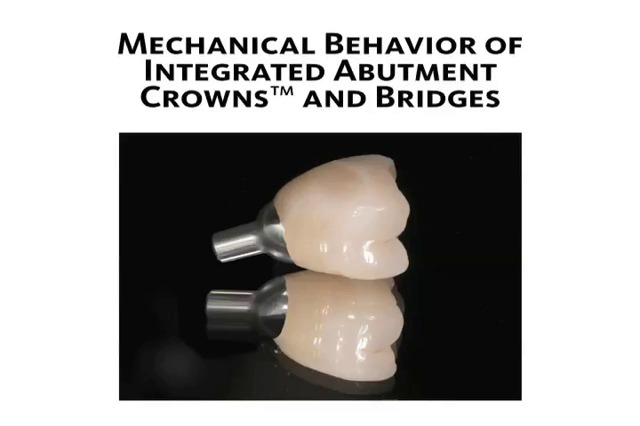
|
Comparative Testing and Evaluation of Metal Ceramics, Zirconia, Modified Zirconia, E.max and Composite Materials
In this presentation, Estevam Bonfante, DDS, MS, PhD, discusses relavent topics that will help you choose an appropriate restorative material for your implant-supported restorations. |